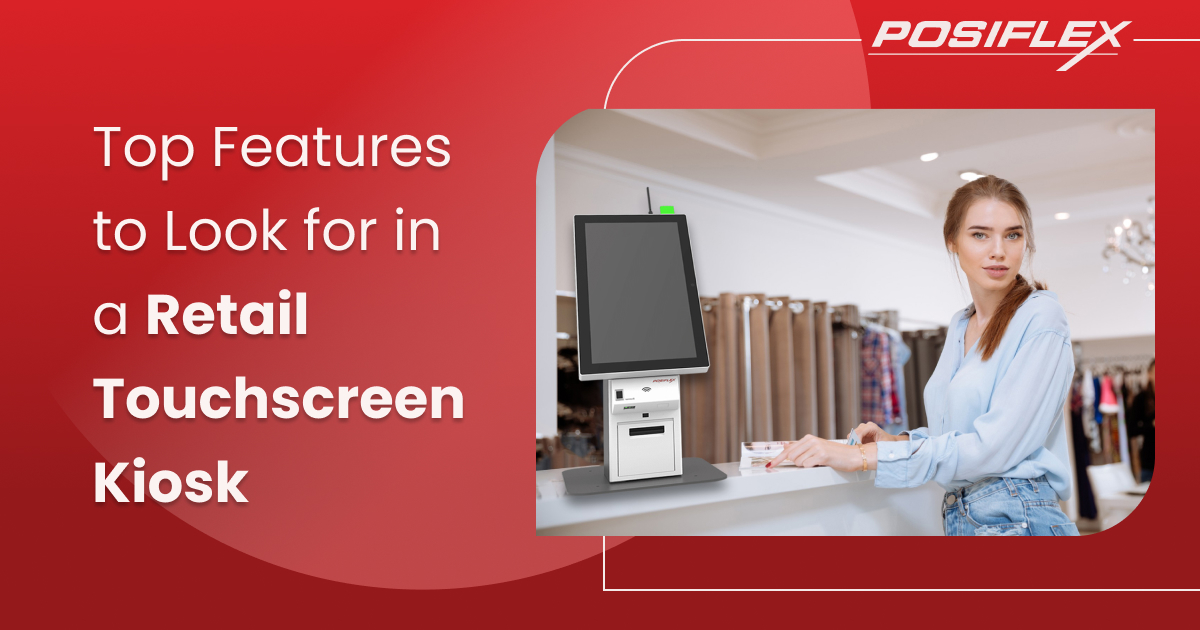
Queue-busting is the central goal of installing a self-service, touchscreen kiosk in a retail setting, and every other benefit of retail touchscreen kiosks follows from the order/ input processing speed of the device, which is responsible for fast-moving queues.
One common scenario where the processing speed of the kiosk proves transformative is crowded retail stores during peak hours, when the self-service terminal adds to the overall billing speed of the store by complementing the POS terminal at the cash counter, thus boosting customer satisfaction.
Curious to know what determines the efficiency of a retail touchscreen kiosk?
In this blog, we will analyse:
Let’s dive right in!
Here is a comprehensive list of must-have touchscreen kiosk features and the role they play to ensure smooth customer experience in a retail environment:
Below are a few more features that enhance the touchscreen kiosk’s performance:
Additionally, the modularity of the retail touchscreen kiosk also proves useful for easy servicing, upgrading, and integration of malfunctioning components. In this manner, the retailers can reduce downtime and increase the flexibility of peripherals. However, it is best to strike a balance between modularity and integrated components.
On a different note, those seeking some of the best self-service touchscreen kiosks in the market could find the perfect model with POSIFLEX, one of the leading OEMs of POS terminals, peripherals, and kiosks. Let’s find out more about POSIFLEX kiosks!
Built for fast-paced retail environments, POSIFLEX touchscreen kiosks stand out in this market saturated with automation hardware due to the powerful combination of:
The modular kiosks by POSIFLEX also come with TPM 2.0 hardware security and diverse configuration options, including countertop and dual-sided floor-standing, among others.
All in all, POSIFLEX’s EK, JK, and HK Series touchscreen kiosks carry with them the OEM’s long-standing reputation for providing uncompromising reliability and innovative and flexible design. With proximity sensors, the self-service terminals are also energy-efficient, attesting to POSIFLEX’s commitment to sustainability.
Curious to know more? Contact us today, and one of our executives will get in touch with you shortly!
Copyright © 2025 Posiflex Technology, Inc. All Rights Reserved.
WhatsApp us